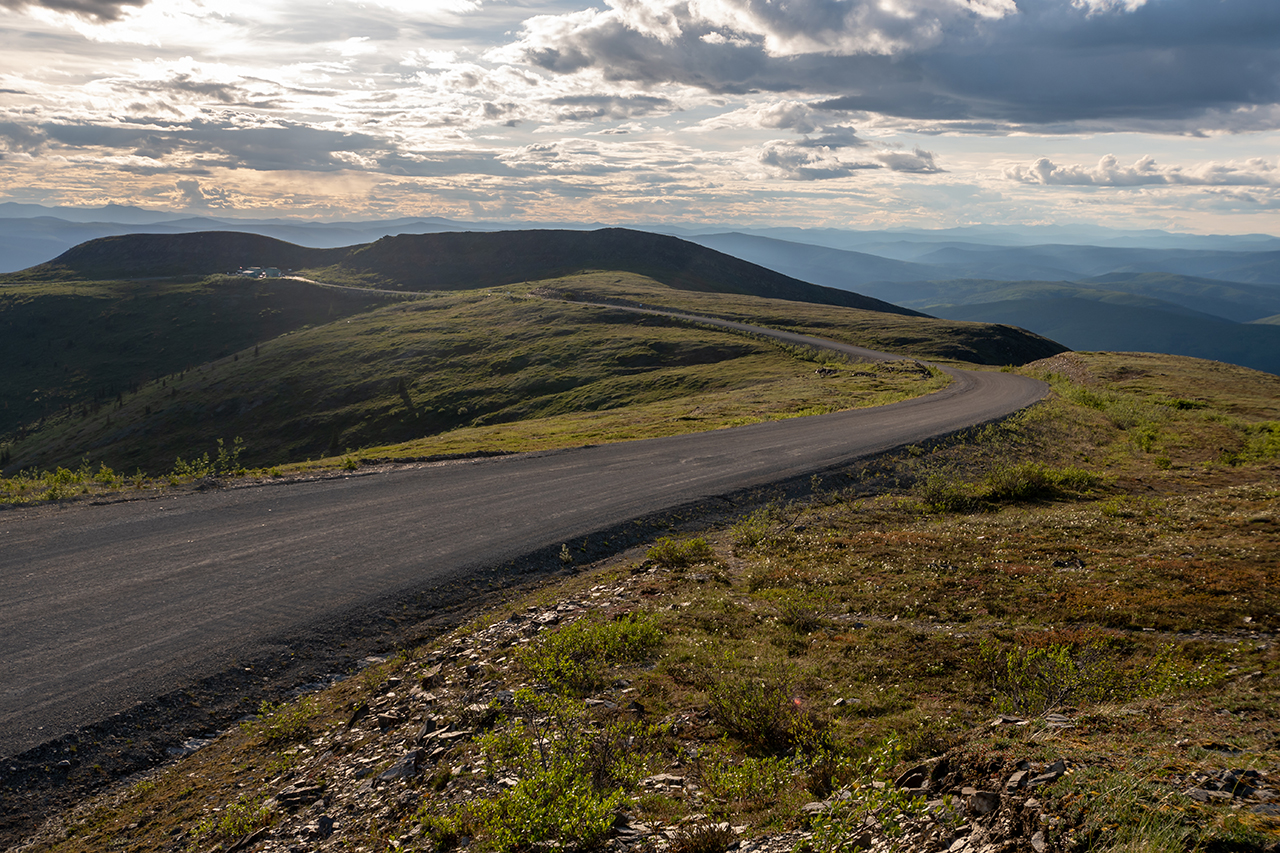The discovery of gold by George Carmack on August 16, 1896 changed the course of the Yukon and its people forever. It triggered a stampede of an estimated 100,000 prospectors over the next three years. Some became wealthy but the majority struck out.
The natural beauty of this wilderness is unsurpassed. Beyond that, the stories, legacies, and legends live on. The following is merely a sample of how you’ll discover the motherlode when you ride North to the Yukon.
Renedian Adventures follows a spectacular and exhilarating Klondike route through the Yukon to Dawson City but the rigor required pales in comparison to what those determined prospectors had to brave.
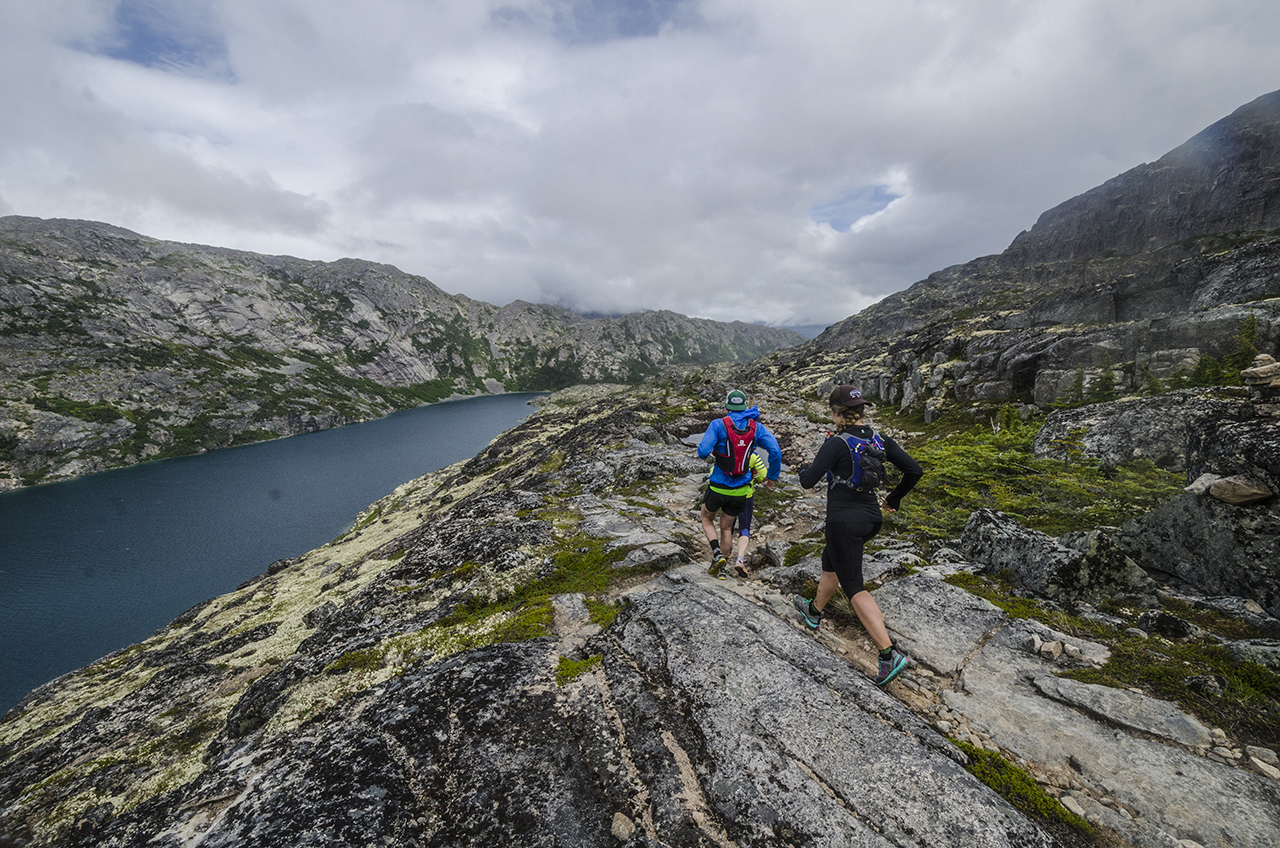
The “Klondikers” arrived by port in southeast Alaska and followed either the grueling Chilkoot or White Pass trails overland to the Yukon River. From there, they sailed down to the Klondike River, which enters the Yukon River from the east at Dawson City. In order to prevent starvation, they were required to bring a year’s supply of food, weighing close to a ton.
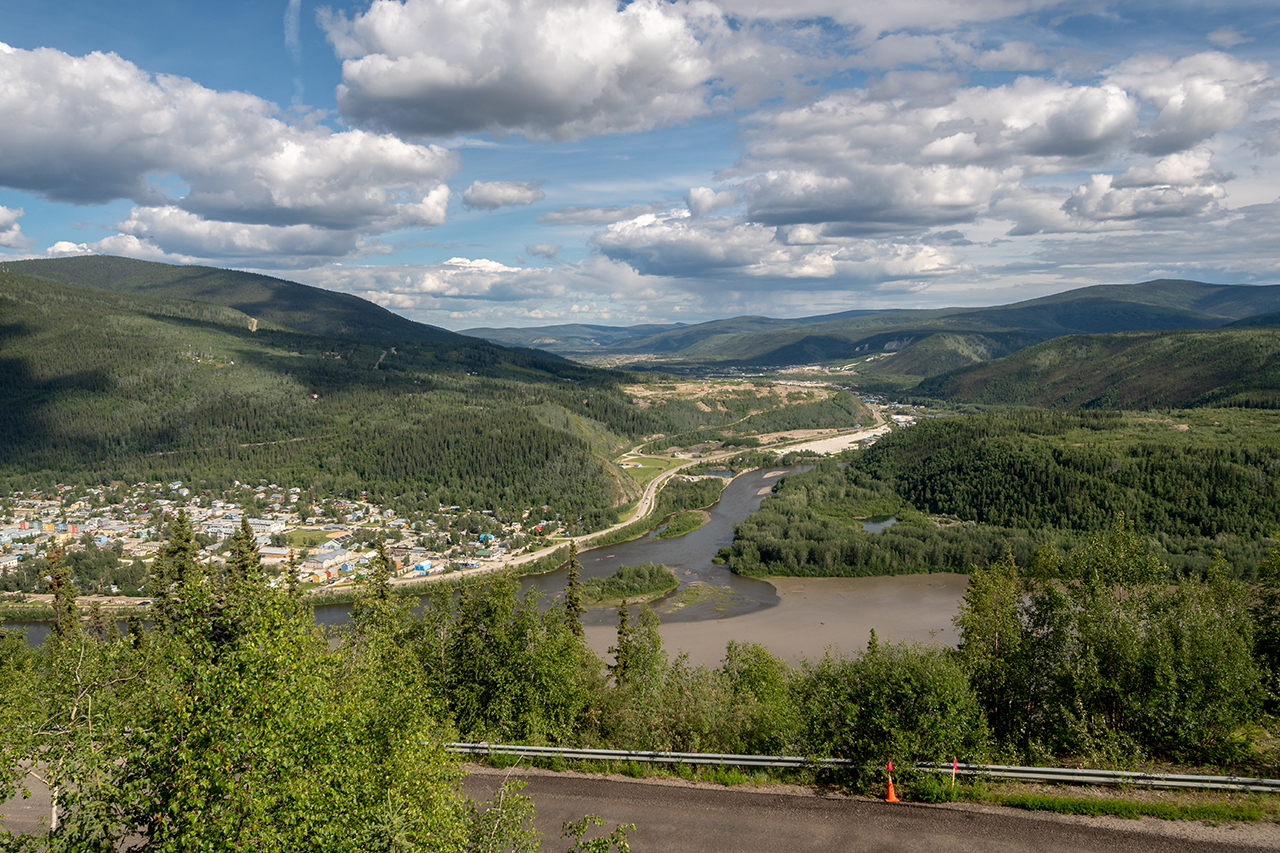
Boom towns sprang up along the route. Dawson grew from 500 in 1896 to approximately 30,000 by the summer of 1898. The native Hān people were forcibly moved to a reserve and many died. By 1889, gold was discovered in Alaska and the boom was over but it left a colourful and lasting legacy that’s been immortalized in films, literature, and photographs. People still head north to pan for gold and relive the excitement and anticipation. The Yukon gold rush also led to the exploration of other minerals like silver, copper, uranium, zinc and lead.
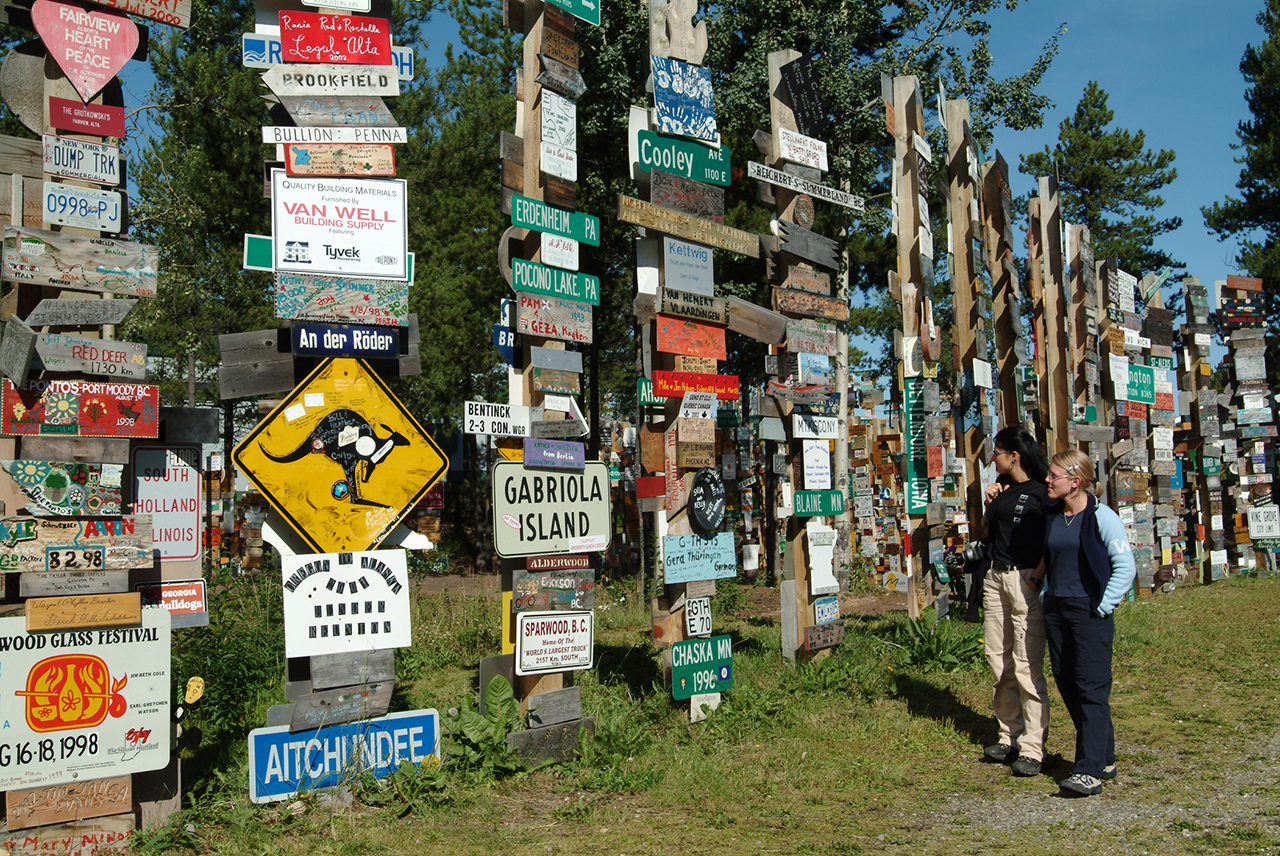
The community of Carmacks, (pop. 493), on the Yukon River along the Klondike Highway near Watson Lake (Day 6), consists of the Village of Carmacks and the Little Salmon/Carmacks First Nation.
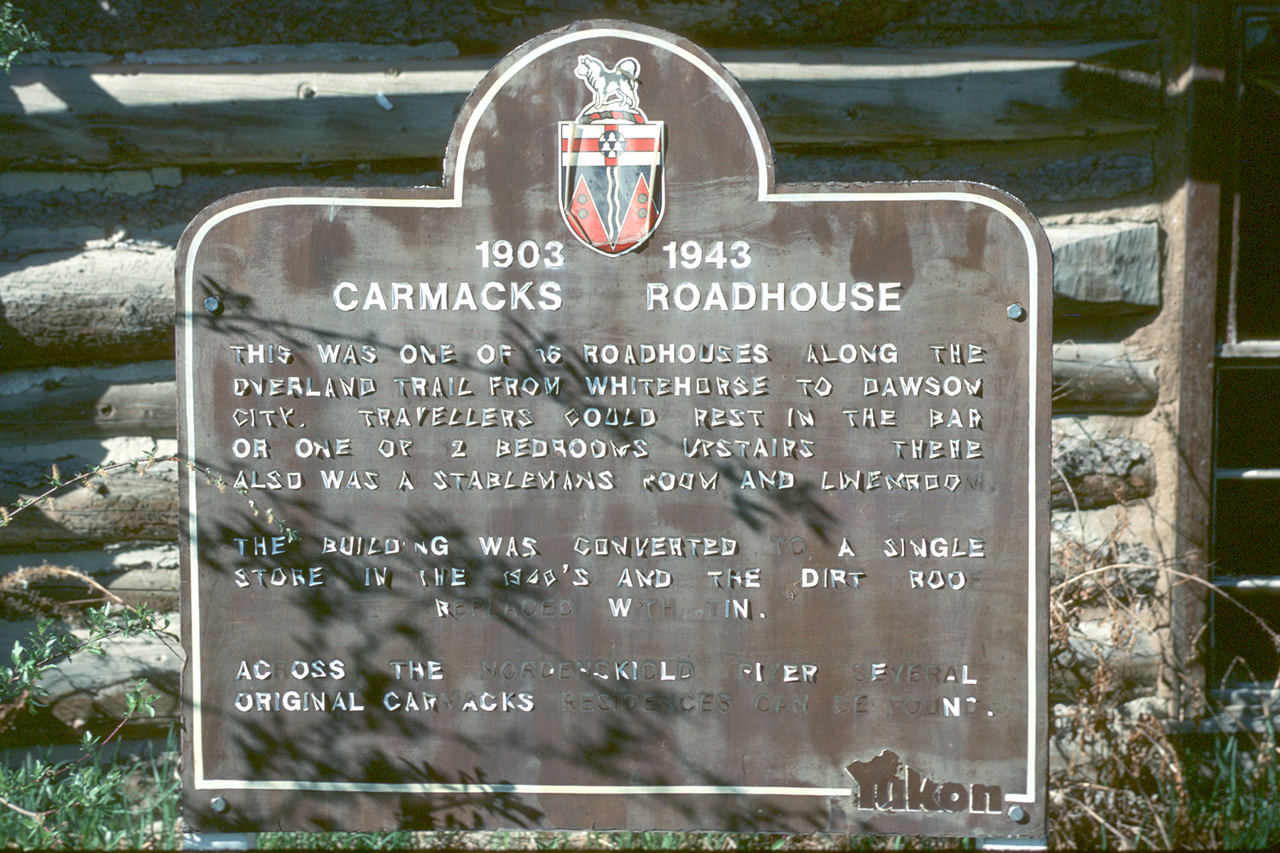
In 1891 George Carmack found coal nearby on the south bank of the Yukon River then built a trading post nearby. Life changed when along with his wife Kate, her brother Keish (Skookum Jim) and Dawson Charlie (Taglish Charlie) (all members of the Taglish First Nation) discovered gold a few years later.
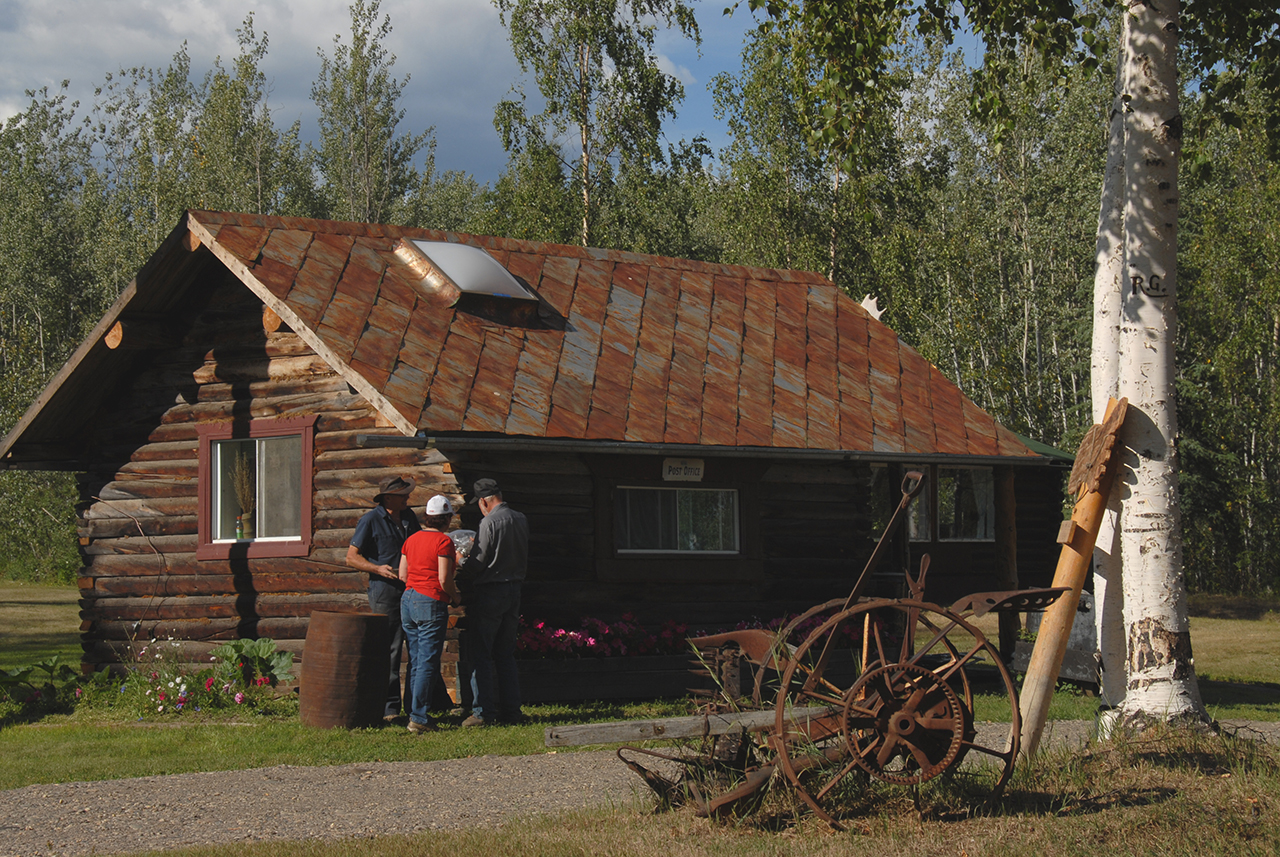
The Village of Mayo (Pop. 496) (Day 8) sits on the Stewart River on the traditional territory of the Na Cho Nyak Dun. It became the service centre for significant mining activity in the area. Until the mid-twentieth century, the Stewart River was the connection to the outside world. Silver, zinc, and lead ores were loaded onto sternwheelers to be shipped 400 km south to Whitehorse. The construction of the Klondike Highway and the Silver Trail in the 1950s provided Mayo with a road link to Stewart Crossing.
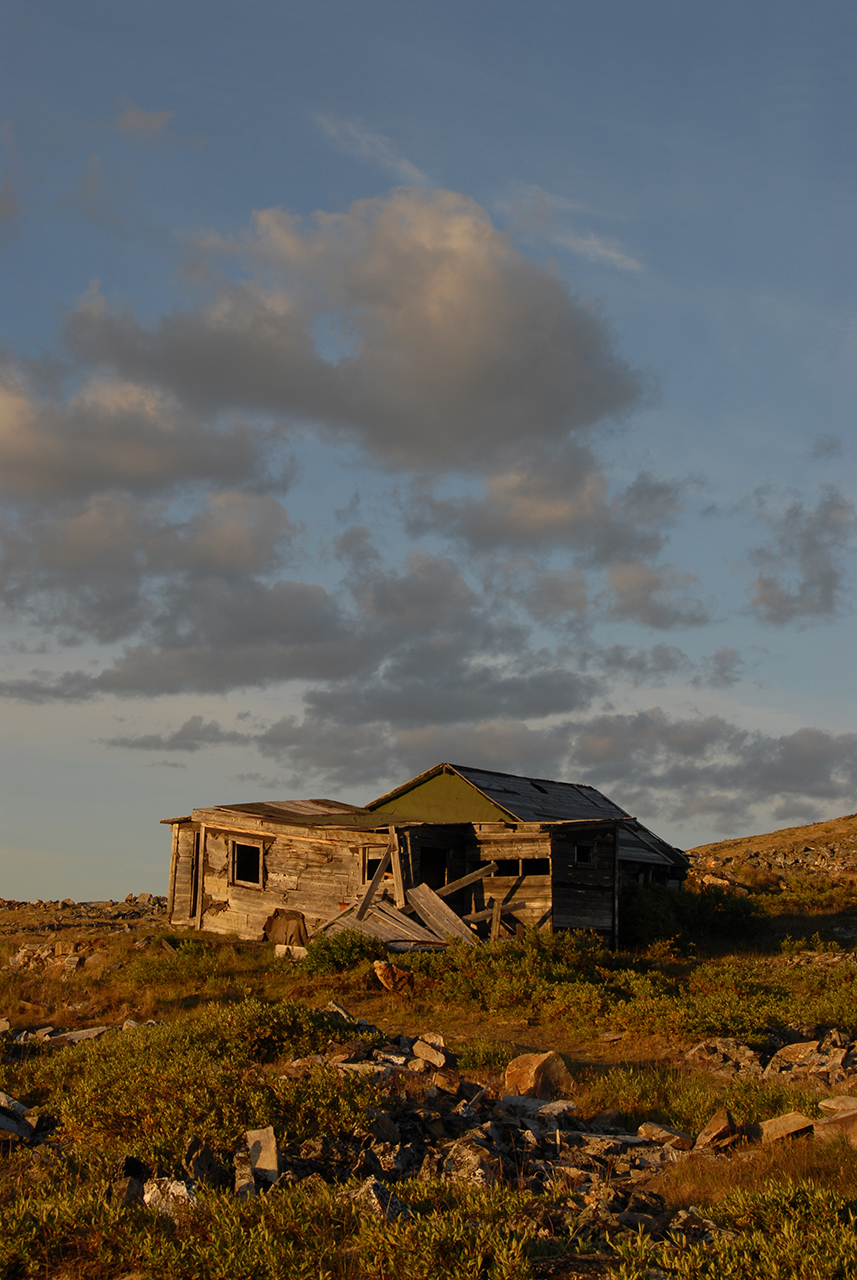
From Mayo, riders can take an optional excursion to Keno City (Pop. 15), at the end of the Silver Trail. Once the site of silver-lead mining, its fortunes and population have fluctuated with the mines. With the final mine closure in 1989, those who remain have focused on tourism.
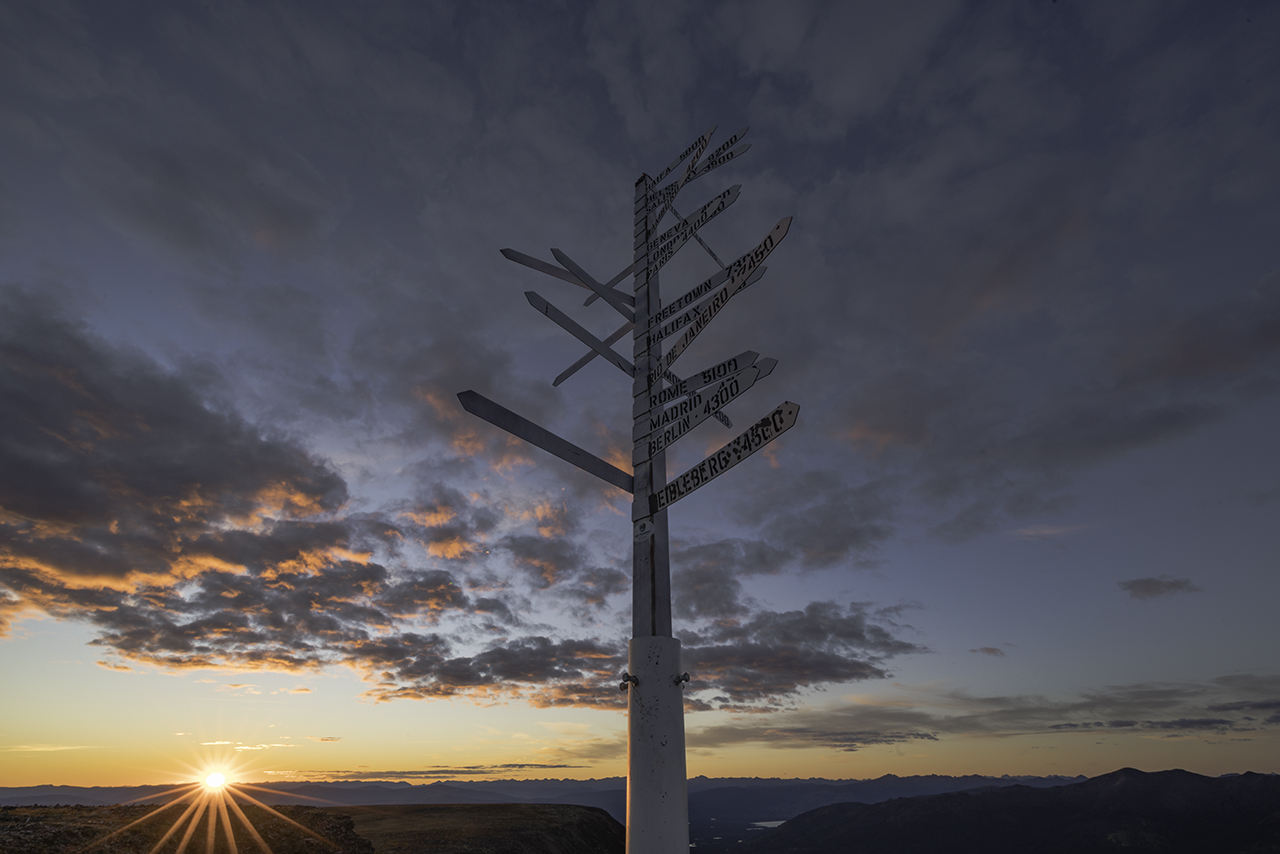
The Keno Mining Museum has an extensive collection dedicated to the history of mining in the Yukon from the early 1900s to the present. Next door, the Alpine Interpretive Centre opens you to a world of natural northern beauty.
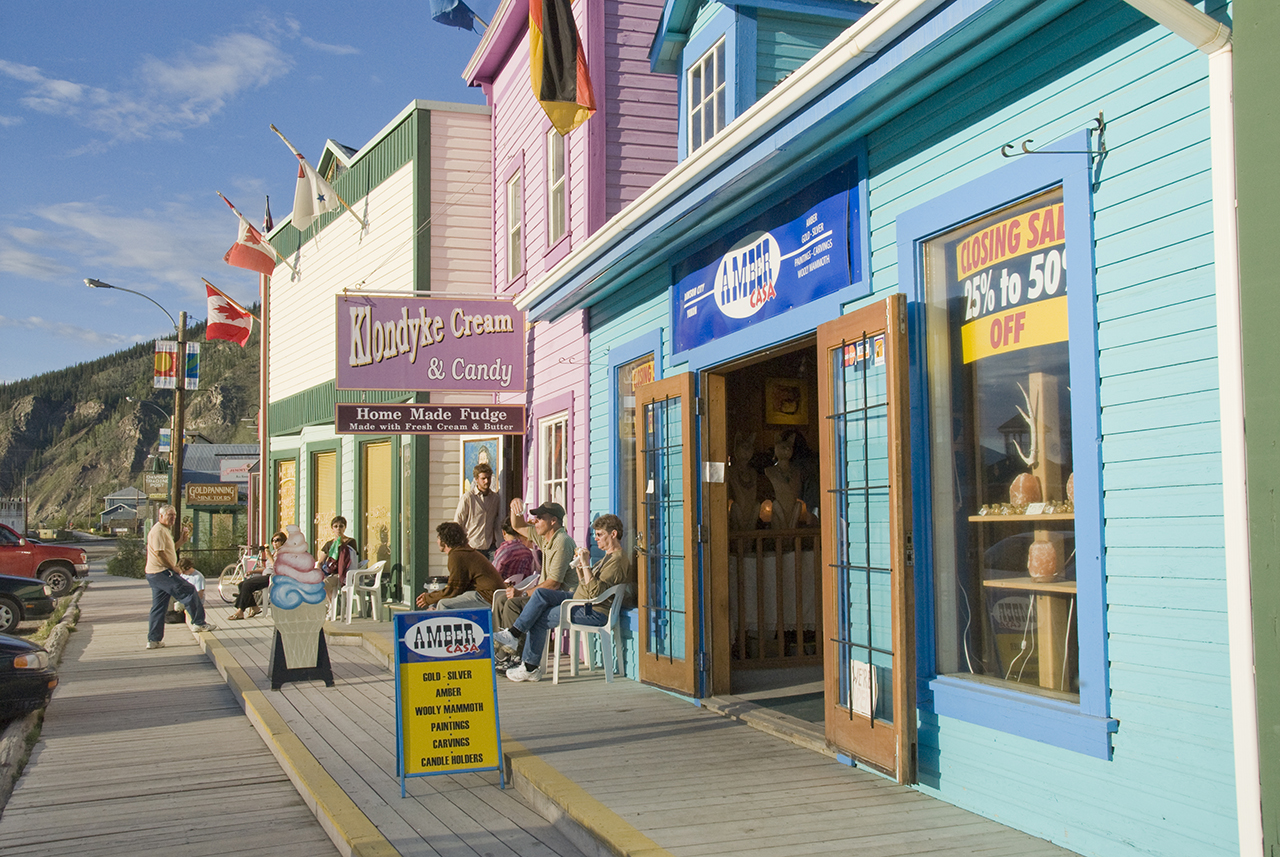
Eventually we’ll arrive in Dawson City, (Day 10), epicenter of the Klondike gold rush. Here you can rest, ride, or paint the town red like the prospectors of old and those who followed them here more than a century earlier.
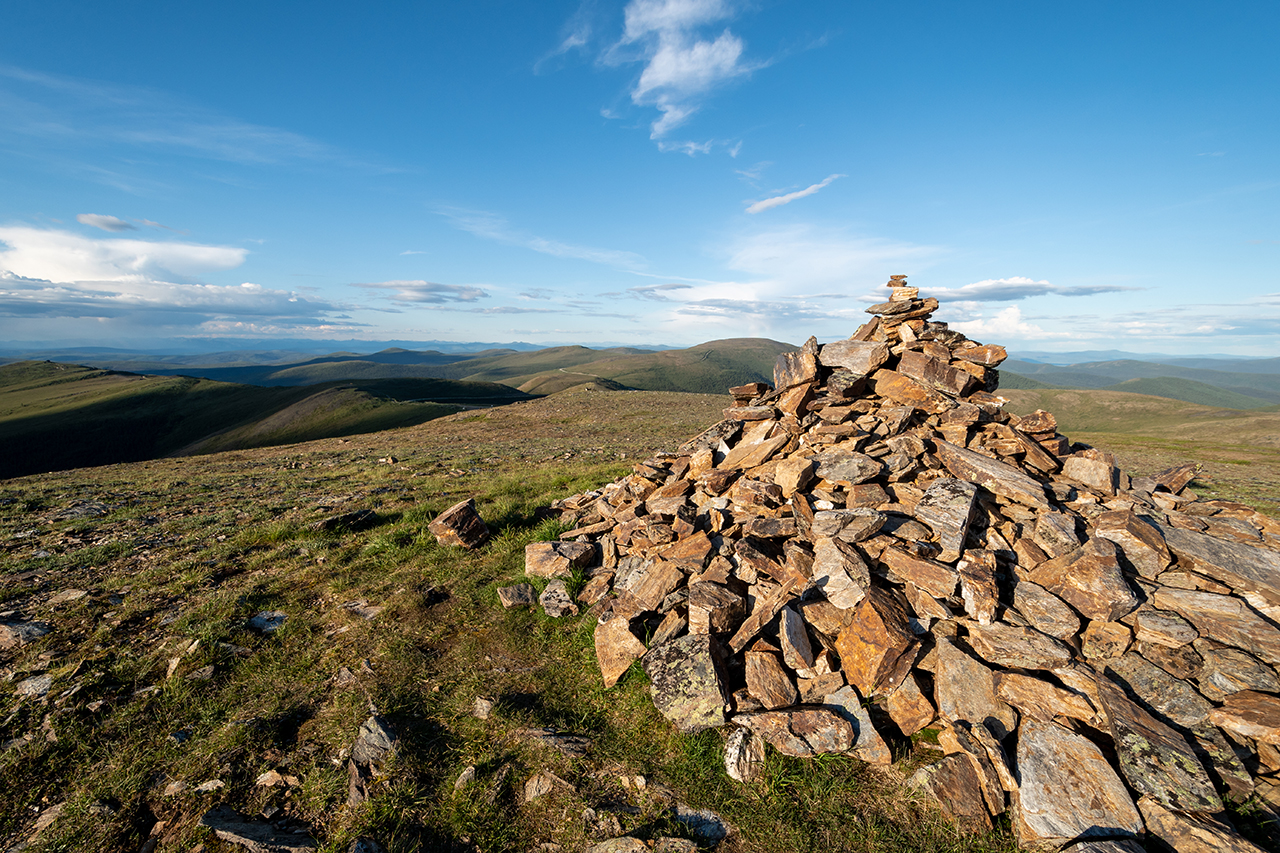
In any case, you can’t help but discover the motherlode while traveling in the Yukon. This land continues to change us forever.

